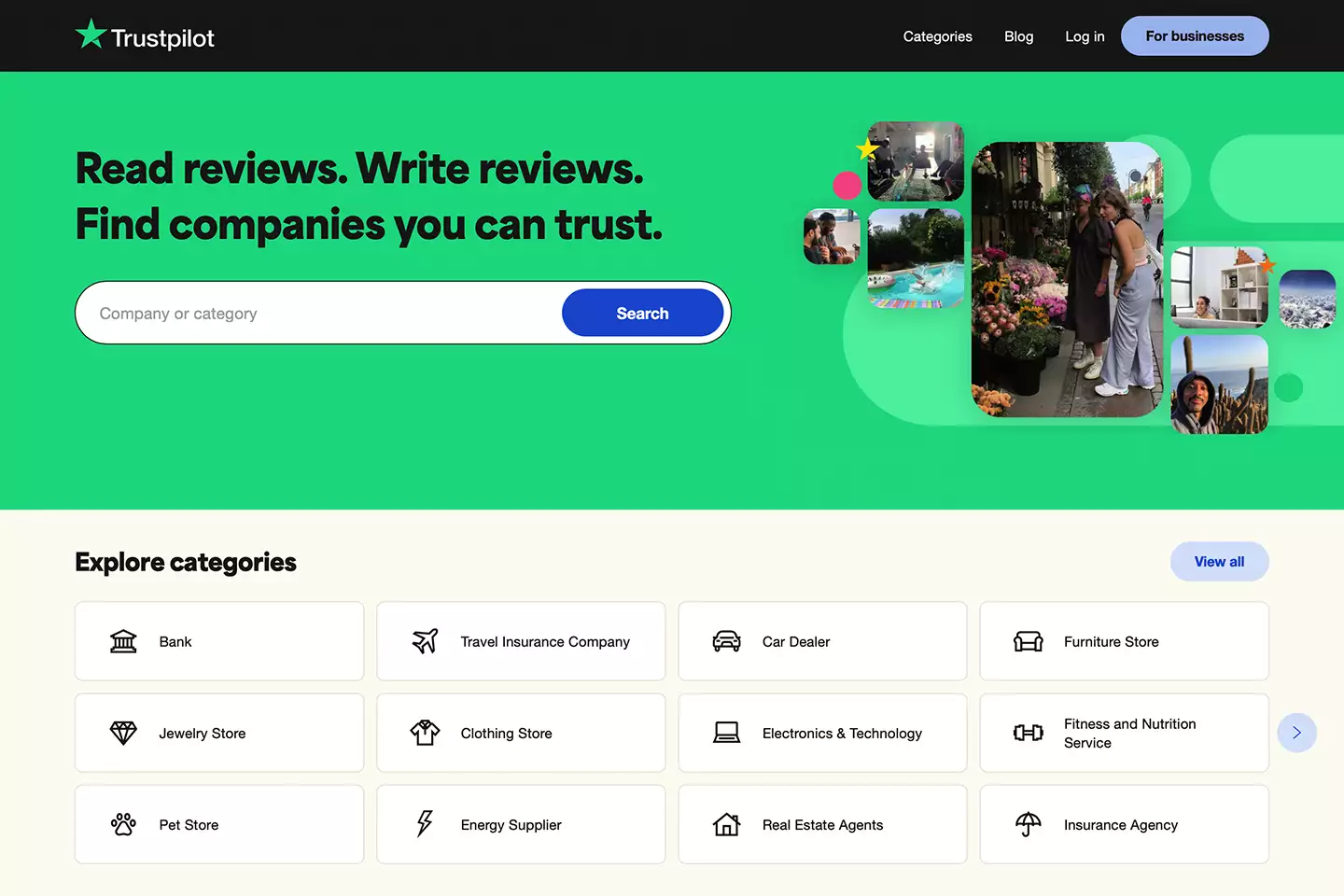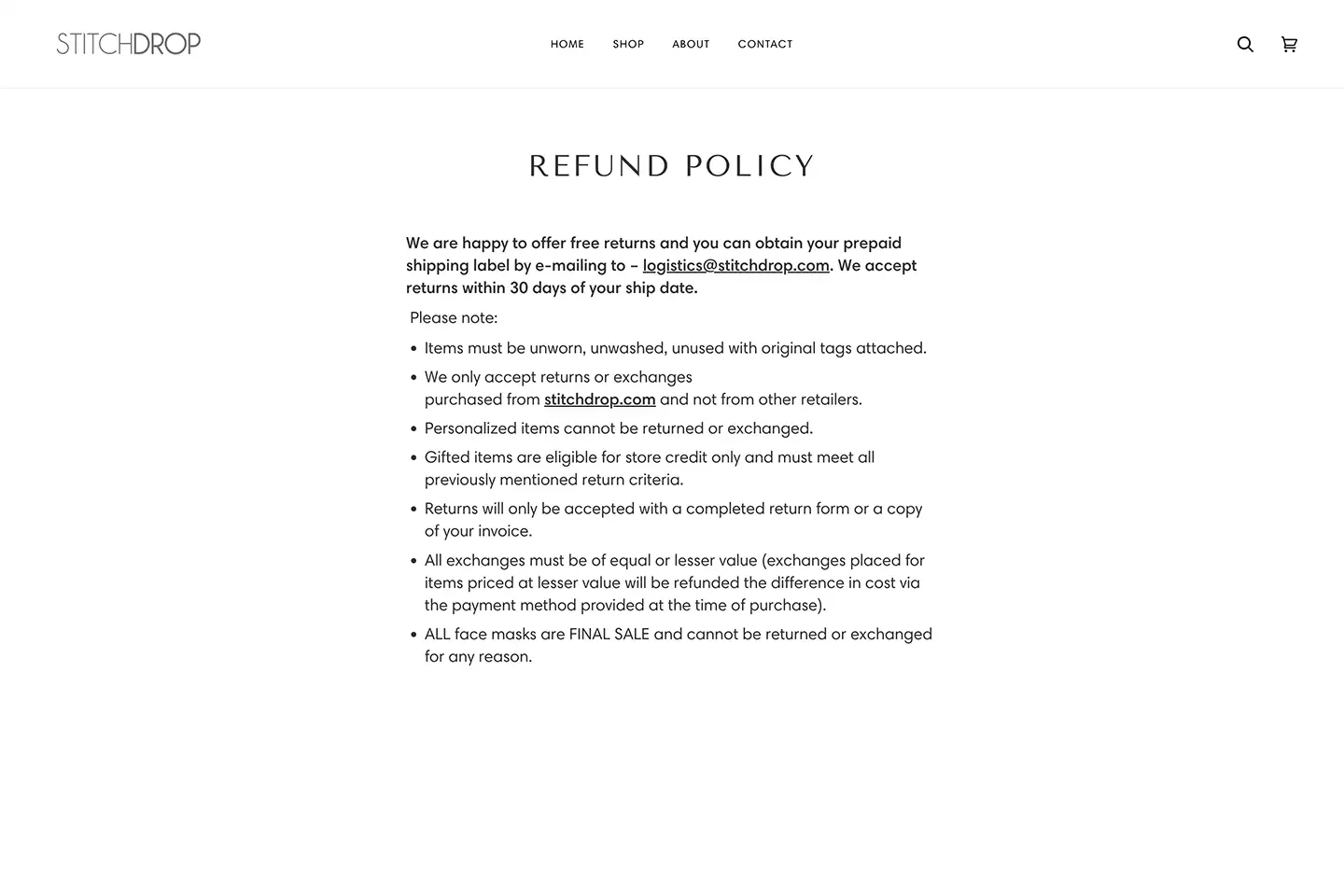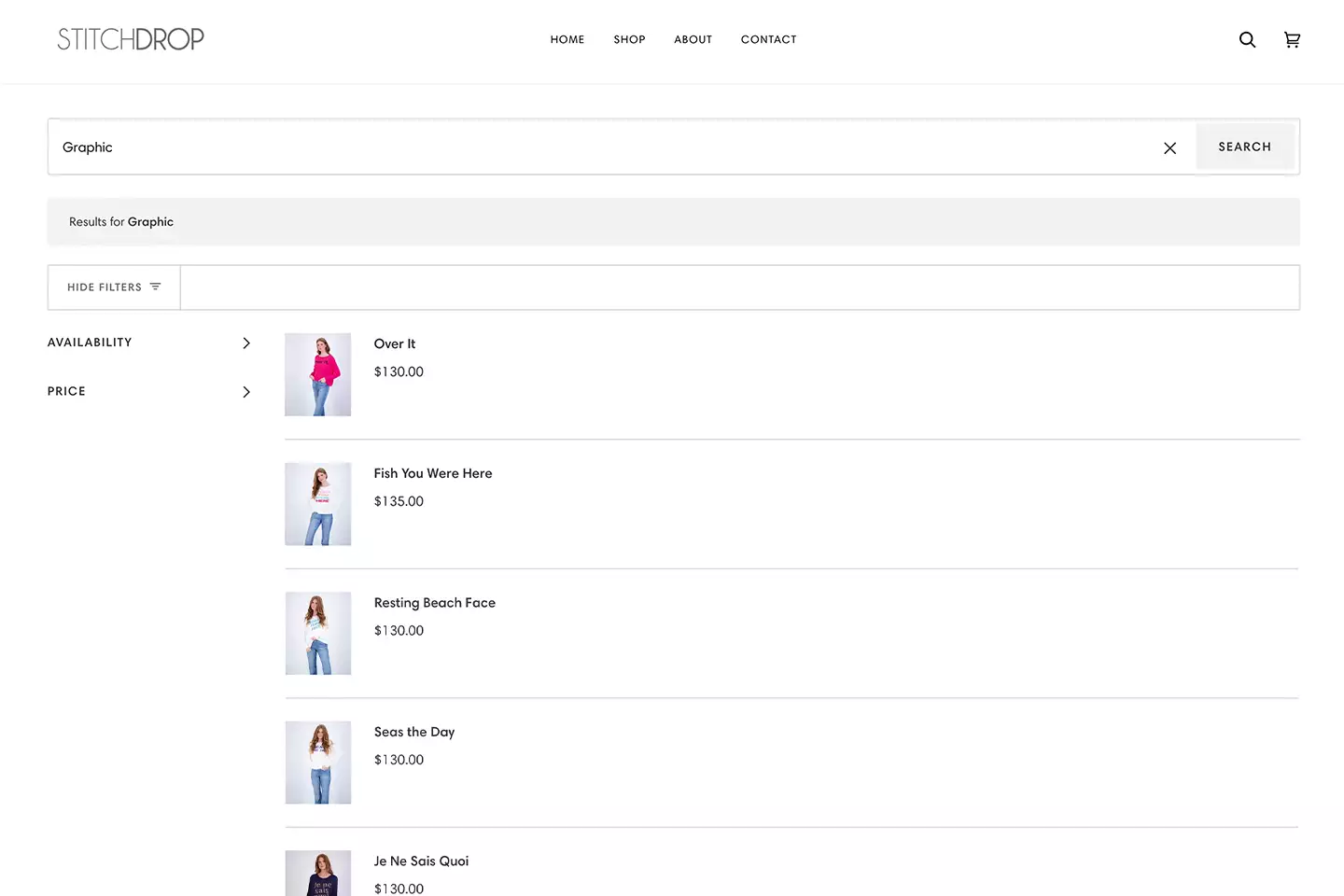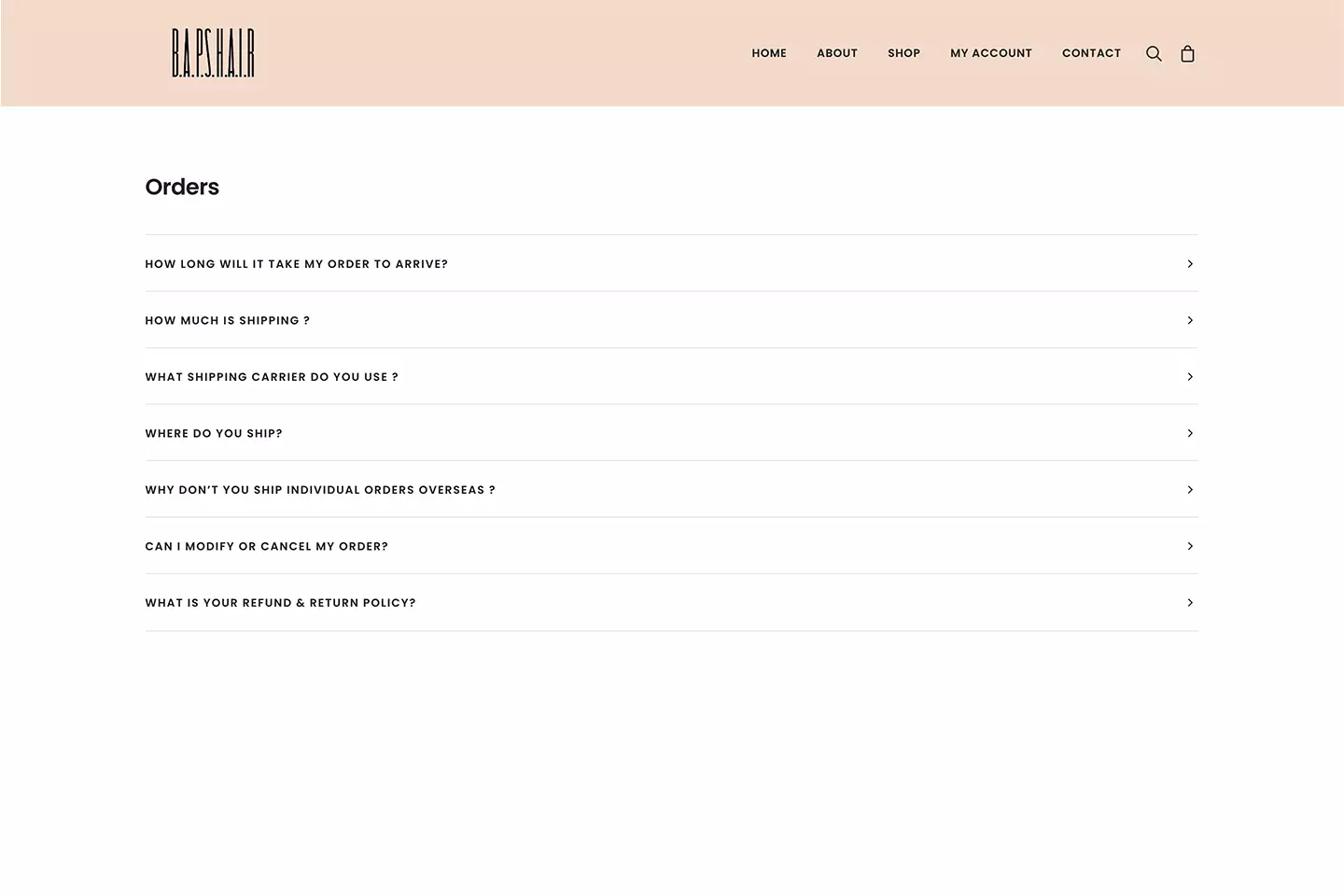Building an eCommerce website isn't a walk in the park. It's about crafting an experience that captivates customers and keeps them coming back for more. In this competitive landscape, having the right features is crucial. But hey, who says essential can't be exciting?
As your trusted eCommerce guide, we've cracked the code on 10 features that elevate your online store from "meh" to "marvelous." Ditch the pixelated product photos and clunky checkout process. Imagine stunning visuals that make customers stop and stare, insightful reviews that build trust, and a checkout experience so smooth it feels like magic. These features aren't just about ticking boxes; they're the secret sauce to turning browsers into buyers and casual shoppers into loyal fans.
Ready to unlock your eCommerce potential? Buckle up, because we're about to unveil the features that'll make your store shine. Let's explore!
What We'll Cover
1. High-quality photography
High-quality photography is your online showroom, the first impression that grabs attention and fuels desire. Crystal-clear images aren't just snapshots, they're detailed narratives that let customers virtually touch and feel your products. Remember, a picture speaks volumes, and in the world of e-commerce, it can turn curious browsers into loyal buyers. Invest in professional photography to elevate your brand, build trust, and create an immersive shopping experience that resonates deeply with your audience.

2. Product Reviews
In the digital era, consumers heavily rely on the opinions of their peers. Product reviews serve as valuable social proof, offering insights into the real-life experiences of others. They build trust, credibility, and influence purchasing decisions. Positive reviews can act as endorsements, while constructive criticism provides an opportunity for improvement. Implementing a review system on your e-commerce site not only engages your community but also fosters transparency. Encourage customers to share their thoughts, and actively respond to reviews to demonstrate your commitment to customer satisfaction.

3. Easy Path to Purchase
A streamlined and user-friendly path to purchase is the cornerstone of a successful e-commerce website. Customers should be able to navigate effortlessly from product discovery to checkout completion. Minimize steps in the purchase process, implement a clear and intuitive shopping cart, and optimize forms for simplicity. The goal is to reduce friction and enhance the overall user experience, ensuring that potential buyers don't abandon their carts due to complicated procedures. Prioritize a seamless path to purchase to boost conversion rates and foster customer loyalty.

4. Shipping & Returns Policies
Transparent and customer-friendly shipping and returns policies are integral for building trust and satisfaction. Clearly communicate shipping costs, delivery timeframes, and return/exchange procedures. Customers appreciate knowing what to expect and are more likely to make a purchase when they feel confident about the logistics. Offering flexible and hassle-free returns builds credibility and shows that you stand by the quality of your products. Consider using this information as a marketing tool, emphasizing the convenience and reliability of your shipping and returns process to set your e-commerce site apart from the competition.

5. Prominent Search Functionality
A robust and prominent search functionality is a critical component of user experience on an e-commerce website. Many customers prefer to search for specific products rather than navigating through categories. Implementing an effective search bar with smart filtering options helps users find what they're looking for quickly and easily. By prioritizing search functionality, you enhance user satisfaction, reduce bounce rates, and increase the likelihood of successful conversions. Investing in a powerful search engine ensures that your customers spend less time searching and more time shopping.

6. Product Descriptions and Details
Compelling and informative product descriptions are essential for conveying the value and uniqueness of your offerings. A well-crafted product description provides customers with crucial details, specifications, and benefits, helping them make informed purchasing decisions. Consistency in presenting information across your product catalog establishes trust and credibility. By investing time in creating detailed product descriptions, you not only assist customers in understanding your products better but also contribute to improved search engine optimization (SEO), making your products more discoverable online.

7. Product Recommendations
Enhance the shopping experience by implementing a product recommendation engine on your e-commerce site. By analyzing customer behavior and preferences, you can suggest related or complementary products, encouraging upsells and cross-sells. Personalized recommendations not only increase the average order value but also create a more engaging and tailored experience for your customers. Whether through a "You May Also Like" section or personalized email recommendations, leveraging data-driven suggestions can significantly impact customer satisfaction and loyalty.

8. Blog Posts
A well-maintained blog can be a powerful tool for your e-commerce business. Blog posts allow you to showcase your expertise, share industry insights, and provide valuable content to your audience. This not only establishes your brand as an authority but also attracts organic traffic to your site. Use blog posts to highlight new products, share customer stories, and offer tips or tutorials related to your products. Engaging and relevant content not only keeps your audience informed but also contributes to improved SEO, driving more traffic to your e-commerce site.

9. Customer Support
Efficient and accessible customer support is vital for maintaining customer satisfaction and resolving issues promptly. Incorporate live chat, email, and possibly phone support to cater to different customer preferences. A responsive customer support team can address queries, provide assistance during the buying process, and handle post-purchase concerns. By offering excellent customer support, you build trust, enhance the overall shopping experience, and encourage repeat business and positive word-of-mouth referrals.

10. The Right Platform
Selecting the right e-commerce platform is the foundation of a successful online business. The platform should align with your business needs, scalability requirements, and technical capabilities. Whether you choose hosted solutions like Shopify or WooCommerce for WordPress, ensure the platform offers customization options, security features, and integrations with payment gateways. A well-chosen platform provides a stable foundation, simplifies management, and allows for seamless growth as your e-commerce business expands.

Conclusions
Are you interested in working with Pynnacle? Drop us a line at [email protected]. As a Web Design Agency based in Philadelphia, we specialize in eCommerce Web Design, Shopify Development, WooCommerce and Branding.We are also one of the leading experts for WordPress in the Philadelphia and the world.
Related Posts
May 22, 2025
3 Ways for Non-Technical Founders to Start Using AI in Their Startup or Small Business Right Now
Artificial Intelligence (AI) isn’t just for tech giants or software engineers.…
August 23, 2024
August Agency Notes
Get ready to be inspired by another edition of Pynnacle Agency Notes! We’re…
June 28, 2024
Claim & Optimize Your Google Business Profile
In today's digital world, where local searches reign supreme, having a strong…





